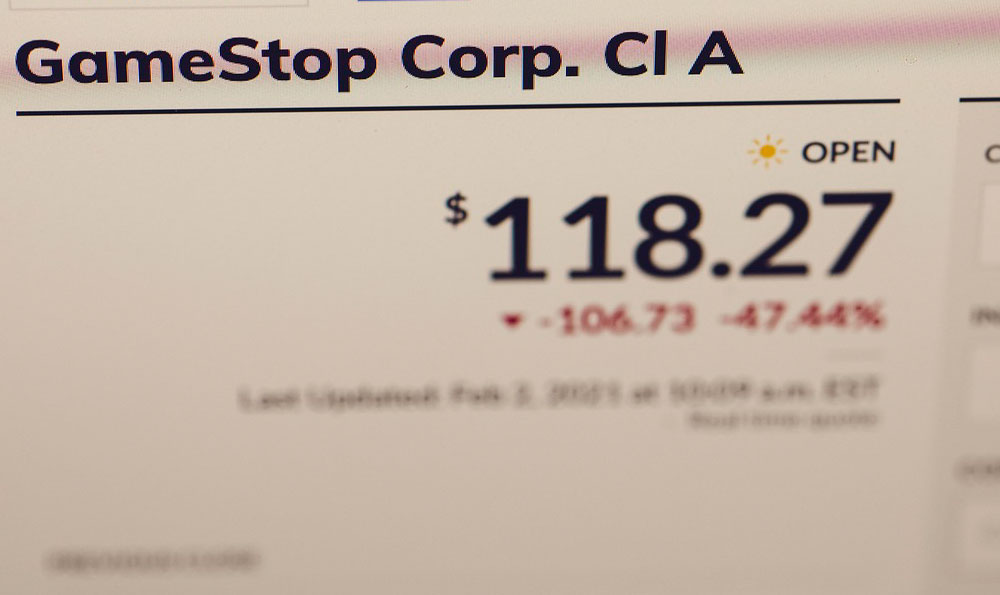The allure of YouTube as a viable income source is undeniable. Countless individuals have transformed their passions, hobbies, and expertise into thriving channels, captivating audiences and generating revenue. But the burning question remains: Do YouTube views really pay? And if so, how much can you realistically expect to earn? The answer, as with most things in the financial realm, is multifaceted and depends on a constellation of factors.
Unveiling the Monetization Mechanism: Adsense and Beyond
The primary driver of YouTube revenue for most creators is the Google AdSense program. This system allows YouTubers to display advertisements on their videos, and each time a viewer interacts with an ad (either by clicking on it or simply viewing it for a certain duration), the creator earns a small sum. This sum is typically measured in terms of CPM (Cost Per Mille), which represents the amount an advertiser pays for one thousand views of their ad.

The CPM rate is the crucial element determining how much a YouTuber earns per view. It can fluctuate wildly based on several elements. These include the channel's niche, the viewer demographics, the ad format, and the time of year. For instance, channels focused on finance, technology, or business often attract higher CPMs due to the premium advertisers targeting these audiences. Conversely, channels geared toward children or general entertainment may have lower CPMs.
Furthermore, viewer demographics play a significant role. Advertisers are generally willing to pay more for viewers in developed countries like the United States, Canada, or the United Kingdom, as these individuals tend to have higher purchasing power. The type of ad format also influences CPM rates. Skippable video ads, non-skippable video ads, banner ads, and sponsored cards all command different prices. Finally, CPMs tend to be higher during peak advertising seasons, such as the holiday season or before major product launches.
Beyond AdSense: Diversifying Revenue Streams
While AdSense forms the bedrock of many YouTube channels' income, relying solely on ad revenue is often insufficient for achieving substantial financial success. Savvy YouTubers understand the importance of diversifying their revenue streams to create a more resilient and lucrative business. Several avenues exist beyond AdSense.
Affiliate marketing is a prevalent strategy where creators promote products or services from other companies and earn a commission on each sale made through their unique referral link. This is particularly effective for channels that review products, offer tutorials, or provide recommendations. By partnering with relevant brands, creators can generate substantial income without needing to create their own products.
Another increasingly popular method is selling merchandise. YouTubers can design and sell branded merchandise, such as t-shirts, hoodies, mugs, or accessories, to their fans. This not only generates revenue but also strengthens their brand identity and fosters a deeper connection with their audience. Platforms like Shopify, Teespring, and Printful make it relatively easy to set up and manage an online merchandise store.
Channel memberships offer another compelling revenue stream. Creators can offer exclusive content, perks, and badges to viewers who pay a recurring monthly fee. This can include behind-the-scenes footage, early access to videos, personalized shout-outs, or access to exclusive livestreams. Channel memberships provide a more predictable and stable income compared to ad revenue, which can fluctuate significantly.
Furthermore, sponsorships and brand deals can be incredibly lucrative. Companies may pay YouTubers to feature their products or services in their videos. The amount paid depends on factors such as the channel's size, audience demographics, and engagement rate. Securing sponsorships requires building a strong brand, creating high-quality content, and having a clearly defined target audience.
Finally, crowdfunding platforms like Patreon and Kickstarter allow creators to solicit direct financial support from their fans. These platforms enable viewers to pledge recurring donations or contribute to specific projects, providing creators with the resources to continue producing content. Crowdfunding can be particularly effective for creators who produce niche content or who have a highly engaged and loyal fanbase.
The Elusive "Earnings Per View" Figure: A Closer Look
While it's tempting to seek a definitive "earnings per view" figure, the reality is that this number is highly variable and dependent on the factors mentioned above. However, as a general guideline, many YouTubers report earning between $0.01 and $0.03 per view from AdSense. This means that for every 1,000 views, a creator might earn between $10 and $30.
Keep in mind that this is just an estimate, and actual earnings can vary significantly. Factors like the channel's niche, viewer demographics, and ad format can all impact the CPM rate and, consequently, the earnings per view. Furthermore, YouTube takes a cut of the ad revenue, typically around 45%, so creators only receive a portion of the total ad revenue generated.
Building a Profitable YouTube Channel: A Strategic Approach
Achieving financial success on YouTube requires more than just uploading videos and hoping for the best. A strategic and deliberate approach is essential. This involves several key steps.
First, niche selection is paramount. Choose a niche that you're passionate about, knowledgeable in, and that has a sufficient audience to support it. Market research is crucial to identify trending topics, potential competitors, and audience interests.
Next, consistent and high-quality content is king. Develop a content calendar and stick to a regular upload schedule. Focus on creating engaging, informative, and visually appealing videos that provide value to your audience. Invest in good equipment, editing software, and storytelling skills.
Audience engagement is critical. Respond to comments, ask questions, run polls, and create a community around your channel. Building a loyal and engaged audience is essential for long-term success.
SEO optimization is crucial for discoverability. Conduct keyword research and optimize your video titles, descriptions, and tags to improve your search engine rankings. Promote your videos on social media and other platforms to drive traffic to your channel.
Finally, data analysis is key. Track your video performance, audience demographics, and revenue streams. Use this data to identify what's working, what's not, and make adjustments to your strategy accordingly. Analytics provide invaluable insights into viewer behavior, allowing you to tailor your content and optimize your channel for maximum profitability.
In conclusion, while YouTube views do pay, the amount you can earn is highly variable and dependent on a complex interplay of factors. By understanding the monetization mechanism, diversifying revenue streams, and adopting a strategic approach, you can increase your chances of building a profitable YouTube channel and realizing your financial goals. It requires dedication, persistence, and a willingness to adapt to the ever-changing landscape of online video.












